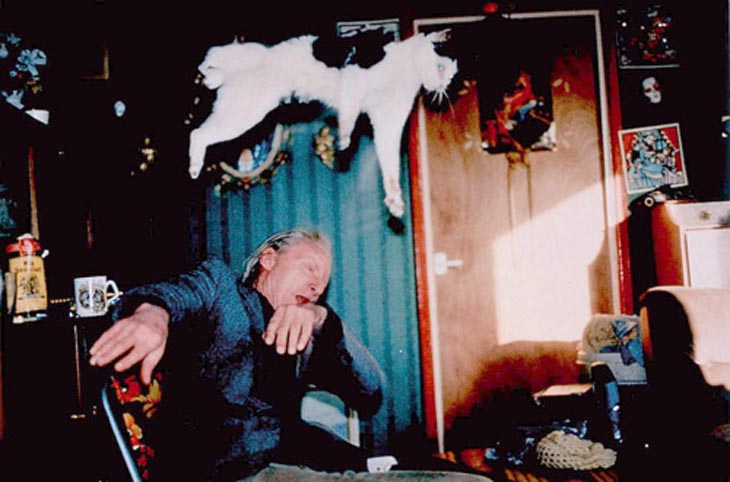Tim Edensor’s National Identity, Popular Culture and Everyday Life (2002) is an interesting look at the concept of national identity and the ways in manifests, multiplies and adapts in an ever changing world as well how that identity is embedded into the national culture.
Whilst Edensor doesn’t propose anything extraordinary or ground-breakingly disruptive, the observations and proposals he puts forward are excellent in drawing together instinctive and widely held beliefs into a structure which is elegant and comprehensive.
Fundamentally Edensor proposes that national identity is the culmination of influence from our social connections. These connections may be considered ‘networks’ and these networks are attached to the different aspects of our life, social, work, education and so on. Each of these networks inform and influence on the expected and accepted behaviours for each ‘space’ they occupy. Space being the location, physical or not, that the function of the network is carried out. These spaces and networks determine our actions through rules, both inherited and taught. It is the acceptance within these networks and spaces that shapes our national identity.
The description above is the simplistic take on the shaping and structuring of national identity but, I believe, it is in the simplicity of the concept that the effectiveness is found.
Edensor proposes that the accepted behaviours and values were and are set out by the national powers, be that historic elites, elected officials or social role models. With the examples of ideal behaviours being disseminated by the education curriculum, enforcement of laws and highlighting of upstanding members of the community. Further to this, he proposes that the networks of influence inspire, correct and promote the national values horizontally as the system of dissemination modernises and moves away from a hierarchical system.
Edensor’s writing centres around examples 20th century Britain. He explores how the national identity has been shaped through the type of voices heard on TV and Radio, the behaviours memorialised in film, literature and monuments, the views of politicians, employers and press. In short, he highlights that we are taught from a young age that to be British is to be stoic, composed, refined, educated tea drinkers that drive Jaguars and love the Queen and Country. Ideals which are solidified be the James Bond films, afternoon tea, the broadcast of Royal events and the proliferation fo Eton educated ministers.
Edensor goes on to recognise the occasional blip in the national identity, times of stress and discomfort allowing the division of identity through counter and sub-culture movements. The Swinging Sixties and Punk to highlight two, were outside the national identity but founded in those ideals. Both are examples of how the counter culture adopted and reappropriated the symbols of Britishness, Union Jacks and Minis, only to then be coalesced back into the identity with the growth of each movement.
This example of recombining conflicting identities back under the banner of national identity is a way to manage, develop, modernise and reaffirm the consensus.
Edensor uses the example of the Braveheart film as proof of the power of national identity and the reappropriating of counter into the national. He writes of how prior to the film Scotland was having its own identity crisis, considered by many to have become the afterthought of Westminster, this Hollywood film playing on Scottish stereotypes became a symbol for Scottish independence. Simultaneously causing conflict with Scots over the inaccuracy of the film but also celebration in the massive increase in tourism. Whilst for a time Braveheart was the Scottish national identity to many in the world, the adoption, and subsequent re-enacting, reappropriating and retelling of the history shaped a new Scottish identity which didn’t rely on but utilised the ideas of Braveheart.
It is in this desire for global representation that the main driver for the now fluid nature of national identity exists. The global markets, tourism and conflict deterrent.
The final chapter is, I feel, Edensor’s weakest. He references the Millennium Dome as proof of the idea of mass acceptance and horizontal influence of national identity. Upon its’ final construction a series of exhibitions were introduced within the dome focusing on the British national identity. Here, Edensor points out that in the sections dedicated to the results of a survey asking what it means to be British, the answers where significantly associated with stereotypical symbols such as the Spitfire, Tea, driving on the left, Churchill etc. Whilst I agree that these are typical identifiers of Britishness, I don’t necessarily agree that this should be considered objective proof of the concepts he puts forward.
I believe that Edensor has constructed an excellent dissection of how a national identity is formed. I also believe he has attended to the British national identity very well, the examples he puts forward are relevant and the way in which he describes dissemination is elegant and relatable to my own experiences both in the world in general but also the similarities within corporate structures. My issues lie with the narrow view taken on constructed the concept.
By narrow I mean his reliance non the British identity and to some part the Scottish identity. There is little to suggest this mode of creation and sustainment is applicable to the cultures and identities.
Also Edensor’s reliance on the Millennium Dome in this writing is troublesome. He mentions how the survey was carried out by the sponsor Marks and Spencers and how the sponsorship of the exhibitions can skew the artistic output but he places so little weight on these potential manipulations as to suggest the truth in the outcome. A survey of Marks and Spencers customer in the late 1990’s would undoubtably result in the kind of response we see here through the association with an elderly, predominantly middle class white customer base, not to mention the resulting curation of responses to to suit the exhibition goals independent of the influence of sponsorship.
Two other points I wish Edensor had covered in more depth are; Why does the national identity exist? and How does globalisation effect the national identity outside of tourism?
For the first question Edensor alludes to the desires of the former elite in establishing a national identity but does little to talk about the specific desires in moulding the nations. Ideas such as drives towards mass production, desire to have an establish volunteer army, the class system, all points he raises throughout as examples of network dissemination but not of the ultimate goals of establishment.
In the second question Edensor focuses on the tourist industry as the driver for establishing and maintaining a unique identity in a global market, but little is mentioned of other global drivers such as maintaining a appearance of skill and domination in conflict, establishing strong negotiation placement, the perception of quality in exports both of products and education, the desire to attract investment, all much more lucrative prospects from a government.
In summary, despite the 3 points mentioned which I feel could have made for a more conclusive and complete analysis of national identity, Edensor has written an intriguing piece on how national identity is embedded and re-embedded into generations of individuals whilst accommodating change and diversion back into the identity for the benefit of the nation on a global level. It is an interesting foundation which leads me to think of the many repercussions of national identity both positive and negative, and lends itself to further thought on the purpose of national identity in a global environment.
I’ll close this piece out with a few of the thoughts I find I am left with. How does this structuring apply in the 21st century? We currently live in a world much different from the late 20th century, media is even more ‘mass’ and increasingly from the individual or micro culture. The ability for government to censor and curate the information we receive is increasingly less likely and the national identity is consistently under attack from a multitude of angles. Edensor points of that the national identity is essentially a space of safety and familiarity and any disruption results in fear and reaction, this is seemingly more clear than ever with the rise of nationalist worldwide. I wonder how, or even if, we could harness the tools outlined here to progress towards a more global identity. A thought which also worries me as the main driver for globalisation is the homogenisation of culture to a palatable westernised imitation of culture.
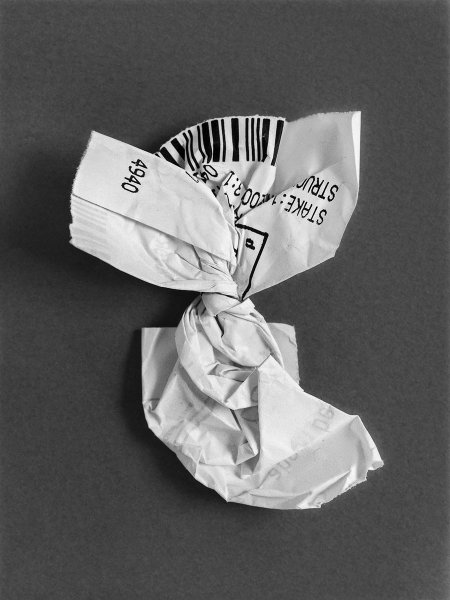

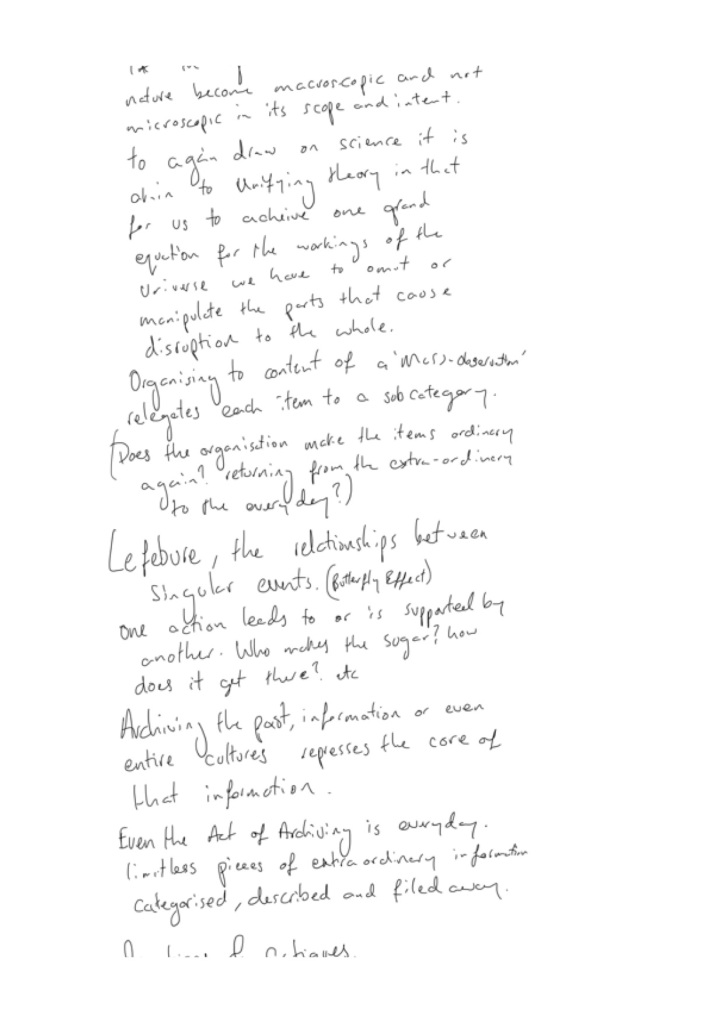










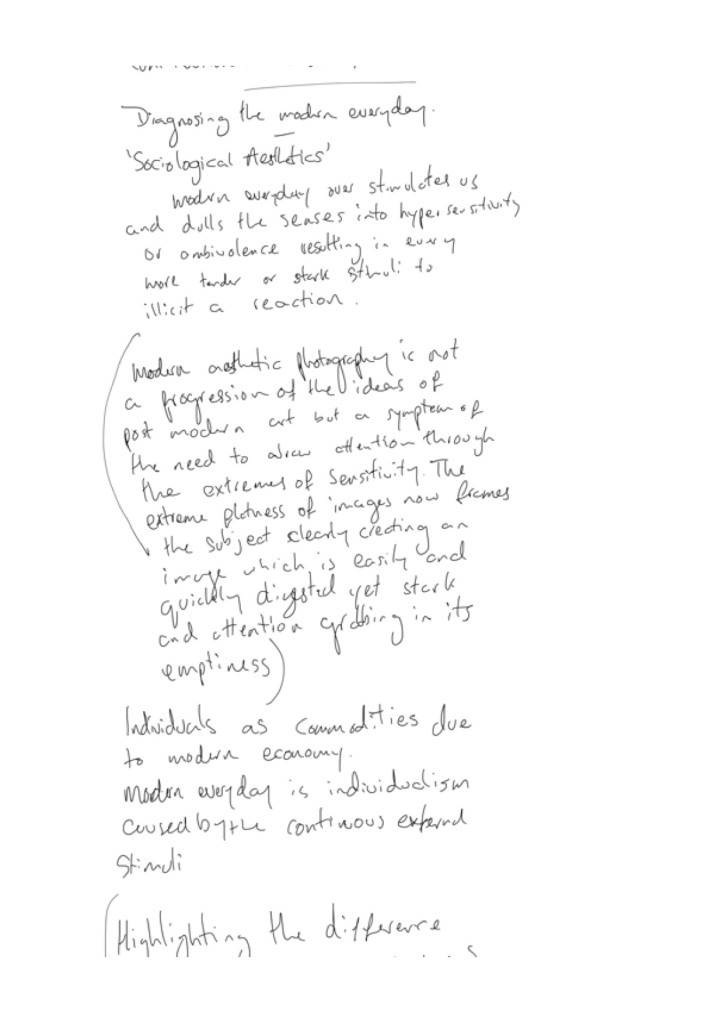









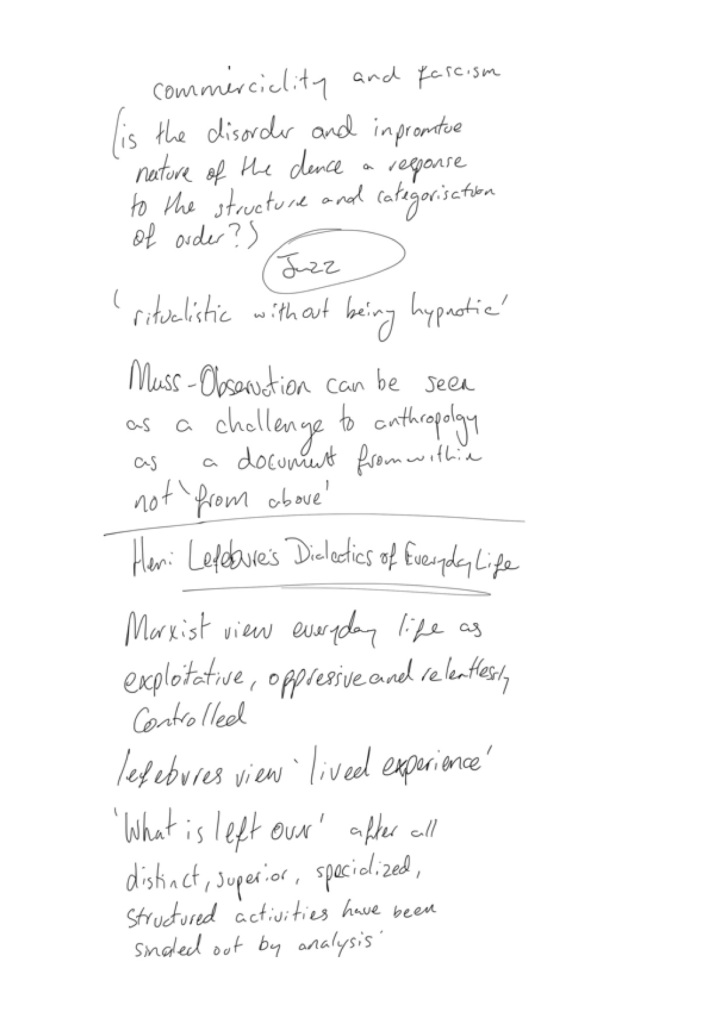









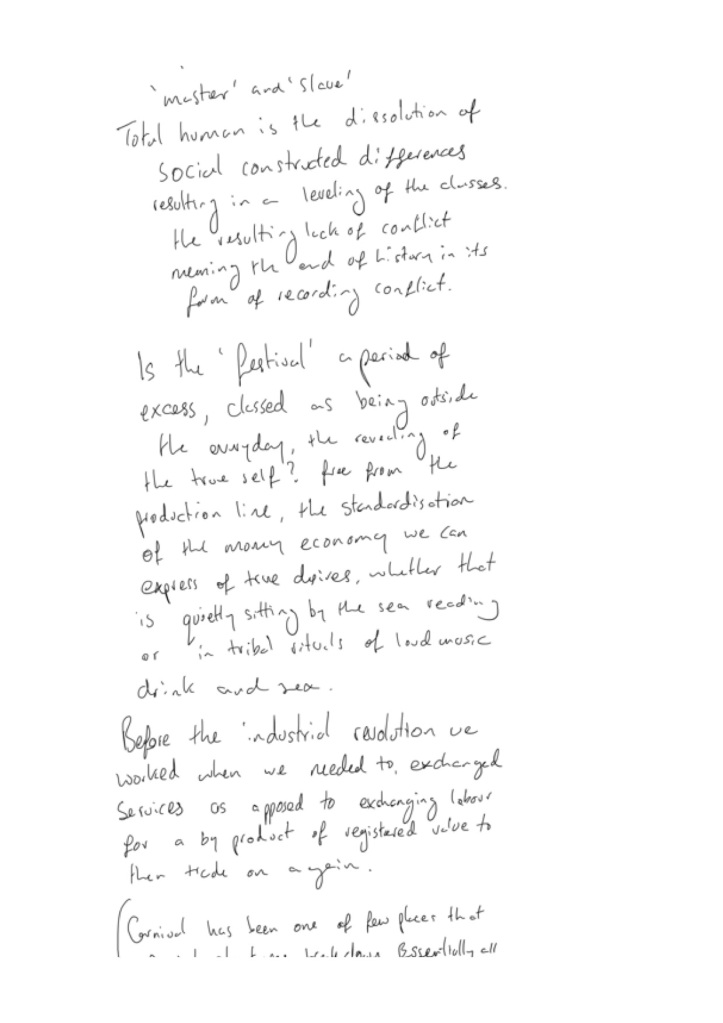












.jpg)
